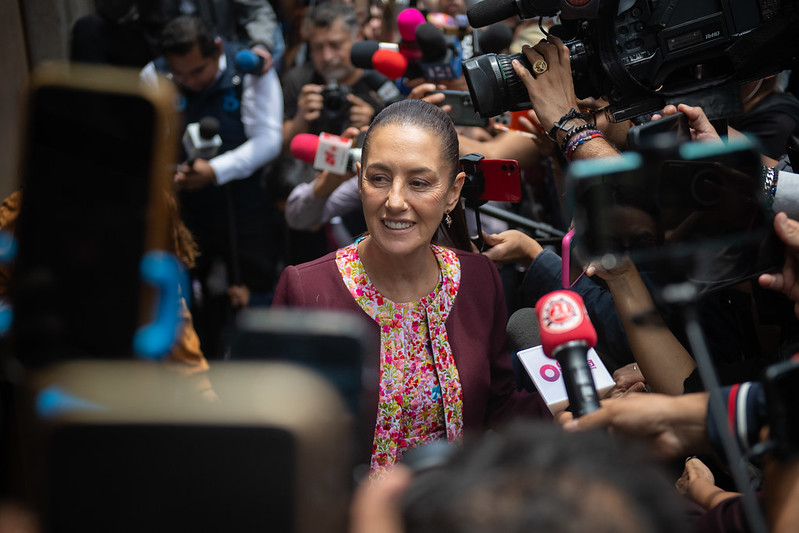 Many countries have broken the glass ceiling with the election and faith of female leaders. Some of these known women include former Chancellor of Germany, Angela Merkel, Bolivian President, Lidia Gueiler Tejada, and American Vice President Kamala Harris. There are many women in leadership roles, trailblazing the path for more women, not only in privileged countries such as the USA, but in revolutionary ones like its neighbor, Mexico.
Many countries have broken the glass ceiling with the election and faith of female leaders. Some of these known women include former Chancellor of Germany, Angela Merkel, Bolivian President, Lidia Gueiler Tejada, and American Vice President Kamala Harris. There are many women in leadership roles, trailblazing the path for more women, not only in privileged countries such as the USA, but in revolutionary ones like its neighbor, Mexico.
Mexico has witnessed many shifts in leadership in the 21st century that have caused many struggles for its residents. From drug lords to domestic abuse to bleak working conditions to a poor economy. The citizens of Mexico have known injustice and poverty.
First Female President
One woman has given herself the responsibility to seek that change for her people. New Mexican leader, President Sheinbaum. She can be attributed to a majority of the recent progress of women and girls in the country of Mexico.
Mexico’s governmental structure has not exactly catered to women, having placed them in weaker areas between the two quotas (horizontal and vertical), which translates to the ranking of the politician. In the vertical system, if the alcalde (mayor) is a man, then a síndico (trustee) must be a woman to balance the powers. In the horizontal system, the added requirement is to have candidate genders be balanced alongside both parties of the state, which adds another layer to a more feminist government. Even as the stronger option for equality, the horizontal system still requires tweaking and improvement.
How Are Gender Biases Changing?
With 60% of the vote, President Sheinbaum became the leader to lead a new era for Mexico, to level the playing field for women. Even with a long way to go, she has taken this opportunity to ensure the safety of women and girls, to provide equal opportunities for women and to increase public security.
Her legislative efforts have empowered women to seek out more for themselves in all areas of their lives: professionally and in society, producing more women in Mexican leadership roles. President Claudia Sheinbaum’s recent legislative vision includes a Constitutional Amendment for Substantive Equality, constitutional reforms, the Ministry of Women and the most recent launch of the Pension Program for Older Women.
What Female Leadership Brings
U.N. Women data states, “In Mexico, 88.9% of legal frameworks that promote, enforce and monitor gender equality under the SDG indicator [Sustainable Development Goals], with a focus on violence against women, are in place” which is a good sign of progress, yet women still face sexual abuse and domestic violence at a high rate and carry the load of doing unpaid domestic work. With changing expectations, women can take charge of their assets, career and choice of marriage.
Having a background in climate science, President Sheinbaum holds a unique view on politics and has taken action on environmental affairs as the former President’s [López Obrador] environmental minister. Impacts she has made include driving electric transit, the use of renewable energy and the production of electric cars.
Feminist Policies in Motion
Leading up to Sheinbaum’s presidency, Mexico had a balanced gender representation with 50.2% of women making up the congress. Mexico is also one of the countries whose public and foreign policy centers around women’s rights. Sheinbaum’s new policies are with feminist-led having immediate effect on the increase of femicide (in 2024, nearly 800 reports, according to WOLA) and homicide persecutions (nearly 3,000 reports, according to WOLA), destroying rape culture (more than 21,000 reports, according to WOLA), dismantling harmful gender stereotypes like assuming men make better leaders by ways of the Constitutional Amendment for Substantive Equality and the Ministry of Women addressing how Mexico could act for equality to the Elimination of Discrimination against Women (CEDAW) Committee.
Mexico’s leadership initiative of the National Care System has improved child support with the establishment of more daycares, providing a better chance for women to work alongside their male counterparts, decreasing the pay gap and increasing the value of women’s work, according to WOLA.
Luckily, the government has decriminalized abortion, yet the level of accessibility still remains an issue. With this concern in mind and many others, President Sheinbaum is challenged by producing budgets that will lend to more humanitarian resources. Further challenges are changing current policies to reflect a more feminist outlook including Mexico’s military and the percentage of women wrongfully incarcerated.
A Personal Reflection
On a first-hand account, Laura Lorena Robles Ruiz, beauty entrepreneur and State Commissioner of COESPRISSON reflects back on her experiences and visions for Mexico. In these roles, she has managed to open spaces for women, accompanying them, teaching them, and empowering them through her experience and training. Despite personal and economic challenges, she continues to contribute to society.
“Although Mexico still has a long way to go, it has taken firm steps towards equality. I am proud to see more and more women in Mexican leadership positions, bravely undertaking new ventures, earning their place with dignity, and demonstrating that their participation is not just a quota, but a strategic value derived from their capabilities. I am proud to have been an active part of this change, contributing from my public, business, and educational trenches,” she shared with The Borgen Project.
“Today, I continue to advocate for a Mexico where women live with freedom, security, and real opportunities—a Mexico where we can grow, shine, and enjoy life without asking for permission. I see my two daughters living this way, and I know that when a woman transforms herself, she also transforms her family, her community, and her country. President Sheinbaum has reshaped Mexican leadership to be more inclusive and humanitarian,” Laura Lorena Robles Ruiz added.
Women in Mexican Leadership: The Future
In daily life, Mexican women still face poor public policies that support single moms, domestic abuse cases, and rooted cultural biases. Programs like Mujeres con Bienestar have chosen the responsibility to reshape Mexican society. Pensions for older women give more control and recognition to women’s economics. Reform and constitutional changes have mended the gender wage gap (Article 123), recognizing the equality of women and men. Women in Mexican leadership are represented in the current cabinet far greater than it was before.
President Sheinbaum’s future presidency ensures a more positive attitude towards Mexico’s maturation as a country. Indeed, along with the first female president, Mexico has witnessed more female political participation, almost 40% representation in STEM, more entrepreneurship, greater representation of gender violence (#NiUnaMenos) and new cultural standards in media. In her leadership, the elevation of women will continue to be at the forefront of policy and Mexican culture.
– Melody Aminian
Melody is based in Irvine, CA, USA and focuses on Good News for The Borgen Project.
Photo: Flickr
 Disease has inflicted much damage across Sierra Leone, causing the country to have an average life expectancy of only 61 years compared to the global average of 73. However, with help from various health organizations and policies, disease prevention in Sierra Leone has improved.
Disease has inflicted much damage across Sierra Leone, causing the country to have an average life expectancy of only 61 years compared to the global average of 73. However, with help from various health organizations and policies, disease prevention in Sierra Leone has improved.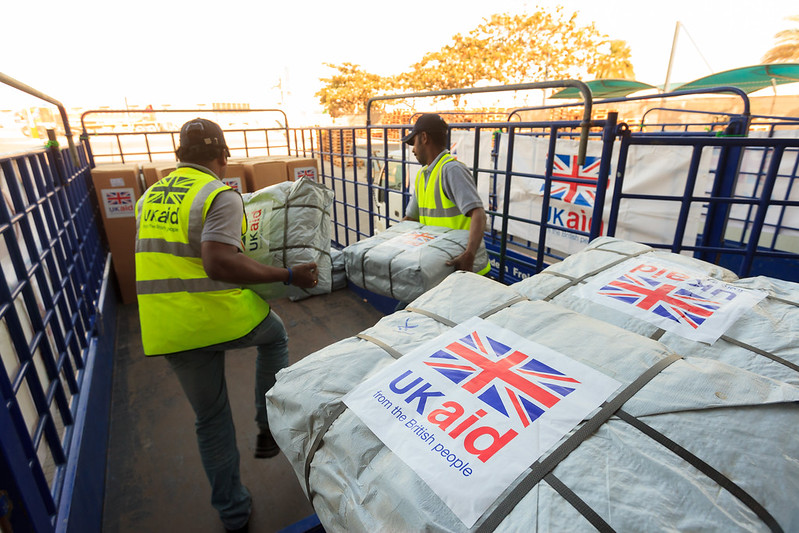 In December 2024, the U.K. pledged aid to
In December 2024, the U.K. pledged aid to 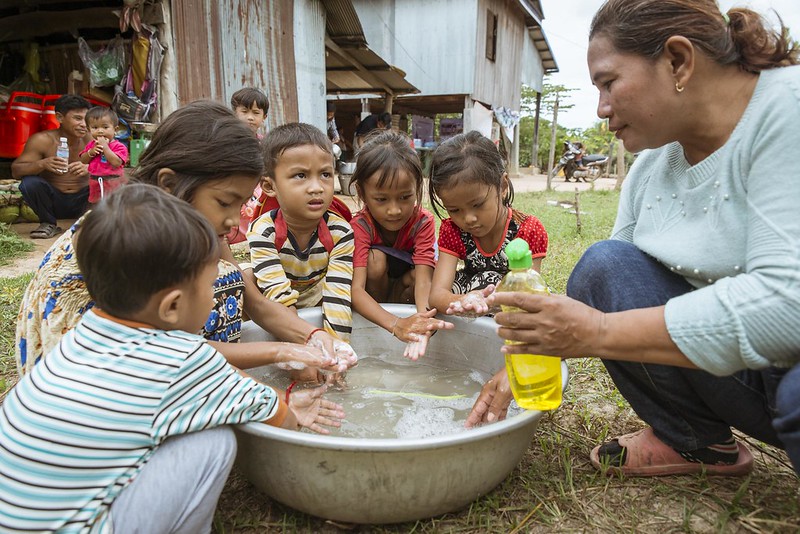 In July 2025, the
In July 2025, the 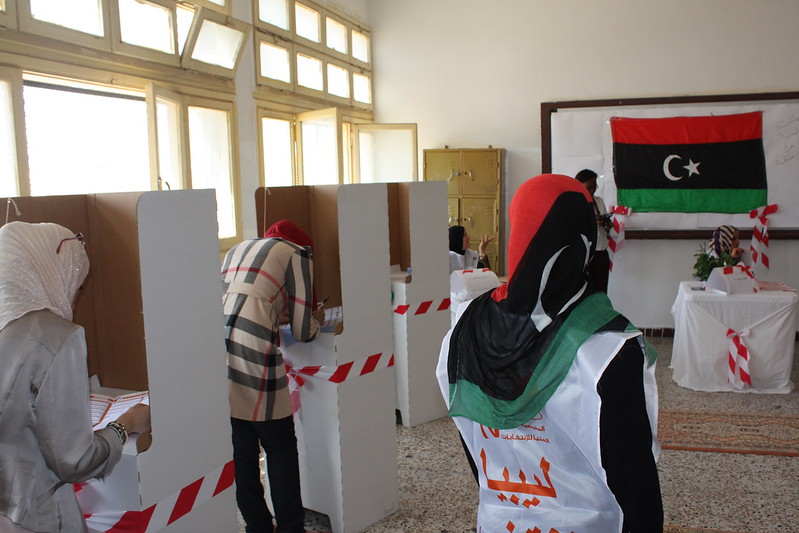 While discussions on gender equality frequently highlight obstacles,
While discussions on gender equality frequently highlight obstacles, 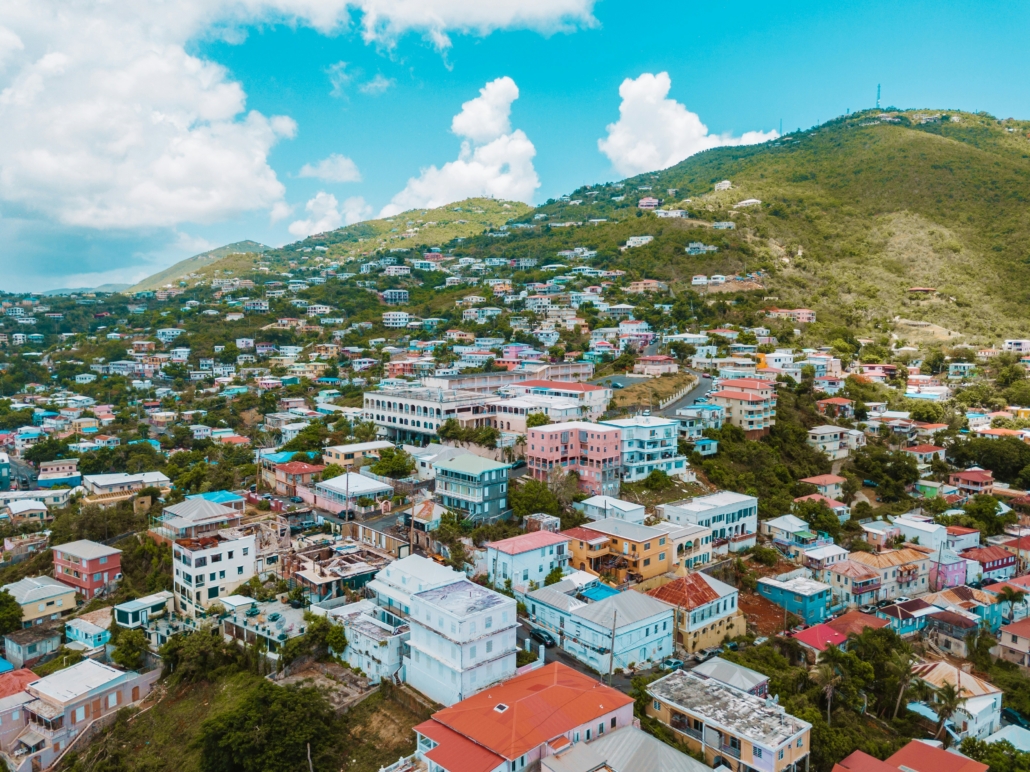
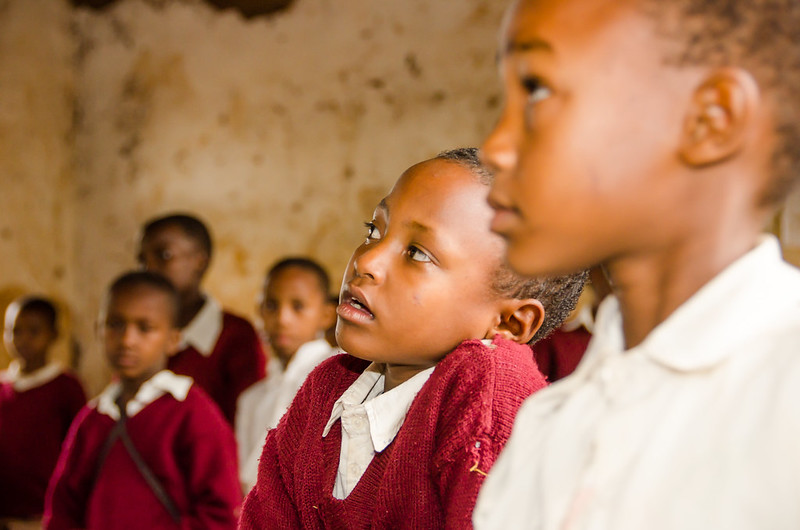 In
In 
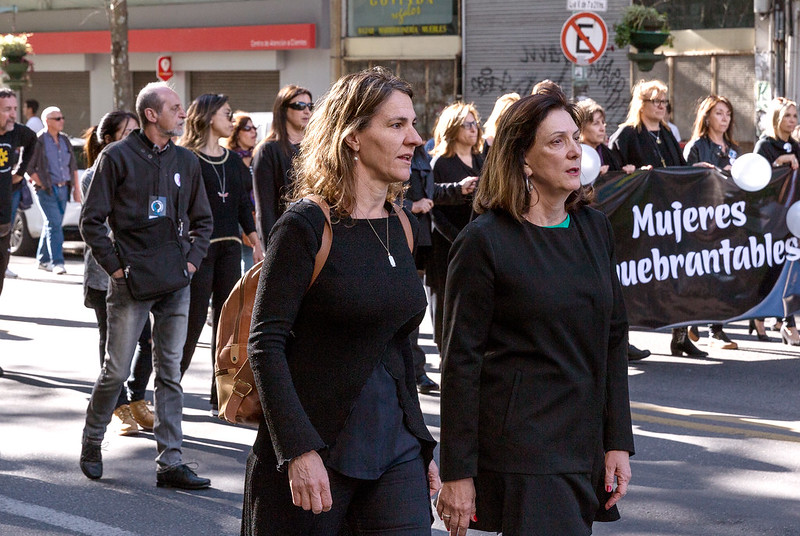 In December 2015,
In December 2015,  Many countries have broken the glass ceiling with the election and faith of female leaders. Some of these known women include former Chancellor of Germany, Angela Merkel, Bolivian President, Lidia Gueiler Tejada, and American Vice President Kamala Harris. There are many women in leadership roles, trailblazing the path for more women, not only in privileged countries such as the USA, but in
Many countries have broken the glass ceiling with the election and faith of female leaders. Some of these known women include former Chancellor of Germany, Angela Merkel, Bolivian President, Lidia Gueiler Tejada, and American Vice President Kamala Harris. There are many women in leadership roles, trailblazing the path for more women, not only in privileged countries such as the USA, but in 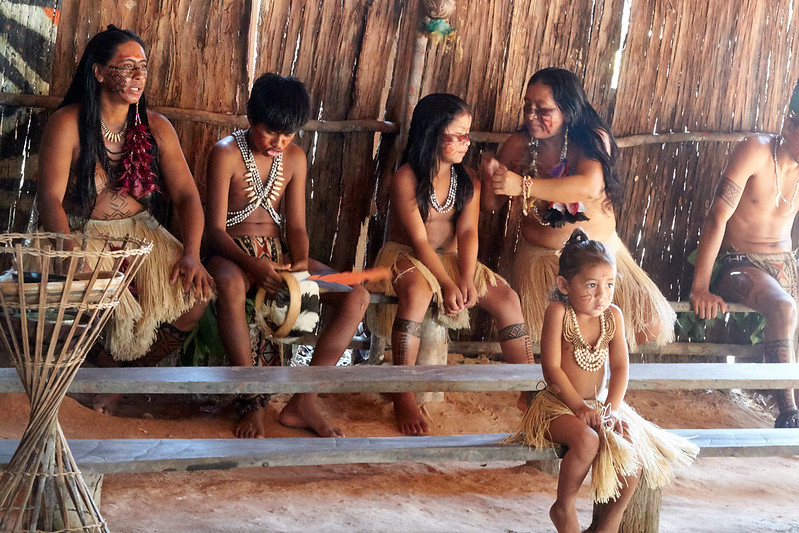 Brazil shares a complex history with its indigenous population that spans centuries. The country contains
Brazil shares a complex history with its indigenous population that spans centuries. The country contains 